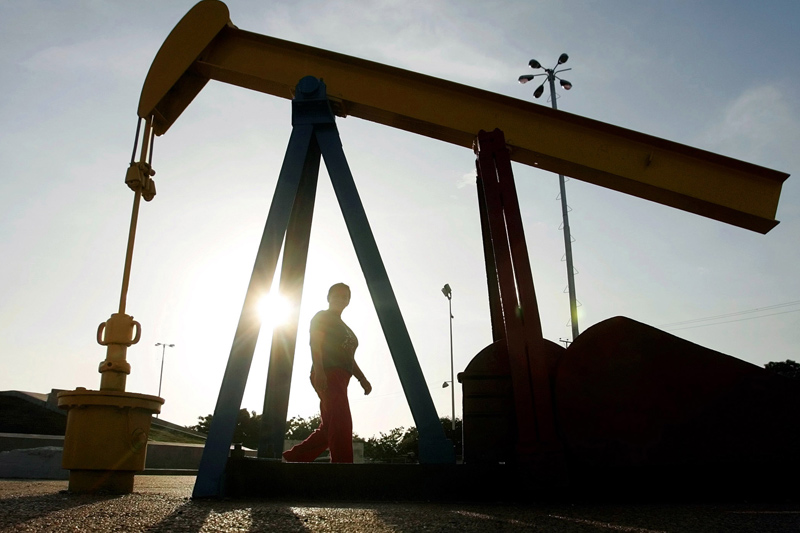By Laura Sanicola
(Reuters) – U.S. diesel, and jet fuel stockpiles have failed to recover from the 10-year lows hit last year when high prices caused the Biden administration to consider a ban on fuel exports, leaving the markets vulnerable to supply shocks when demand picks up toward the end of the summer.
Though diesel prices have fallen by 30% year-on-year, tight supplies could spell trouble if the U.S. and global economy strengthens going into the final quarter of the year.
A leading economic indicator forecasts that the U.S. economy is likely to be in recession from this third quarter to the first quarter of 2024, but economists including Goldman Sachs (NYSE:)’ Jan Hatzius and Janet Yellen have downplayed recession risks in recent weeks as inflation cools.
Inventories of these fuels known as distillates are still near 10-year lows, at just over 118 million barrels, according to the latest data from the U.S. Energy Information Administration (EIA).
A slew of refinery problems has prevented distillate fuel inventories from growing, as they typically do during the summer.
At Phillips 66 (NYSE:)’s Bayway refinery in New Jersey, the 150,000 barrel-per-day catalytic cracking unit – the largest gasoline-making unit in the Western Hemisphere – was offline most of June and July for unplanned repairs.
Marathon Petroleum’s 75,000-bpd reformer at its Galveston Bay, Texas, refinery has been offline since a May 15 fire that killed one worker. The unit – also the Western Hemisphere’s largest reformer – converts refining byproducts into an octane-boosting product used in gasoline.
Overall, unplanned outages in June averaged about 550,000 bpd, nearly double June 2022’s unscheduled shutdown of near 290,000 bpd of capacity, according to data from refining intelligence firm IIR Energy.
“This is not normal stuff,” said a Houston-based refined products trader.
Stocks have not risen even though demand for diesel fuel has been significantly lower than a year ago due to weak trucking and industrial activity.
“Low distillate inventories could be a problem if there’s flooding or hurricanes that affect refineries this summer,” said Hillary Stevenson, senior director of Energy Market Intelligence at IIR.
Seasonally adjusted industrial production has dropped about 10% from late 2022, and U.S. containerized exports are near two-year lows, according to data from the census bureau.
The four-week average for U.S. distillate demand is about 7% below where it was a year ago, according to the EIA.
“Couple lower industrial production with container exports being near the same levels as 2018, and that helps explain low domestic inventories,” said Jason Miller, associate professor of logistics at Michigan State University.
The increased costs of carrying inventories due to higher interest rates have also reduced refiner appetite to fill up the storage tanks, and has encouraged traders to drain inventories where they can, said Ernie Barsamian, founder and CEO of The Tank Tiger, a terminal storage clearing house based in Princeton, New Jersey.
“Traders and refiners are kicking tires of storage to take advantage of opportunities in the cash market, and because working capital requirements too expensive,” Barsamian said.
U.S. refiners are instead sending diesel to Europe, whose refiners have been running at lower capacity and are also in need of supplies to replace Russian fuel that is now sanctioned.
Exports, however, do not explain why inventories are so low. A flood of Russian diesel exports to Latin America, typically a key export market for the U.S. fuel, has in part caused U.S. distillate exports to fall below 2022 levels since April, according to traders and EIA data.
Read the full article here













